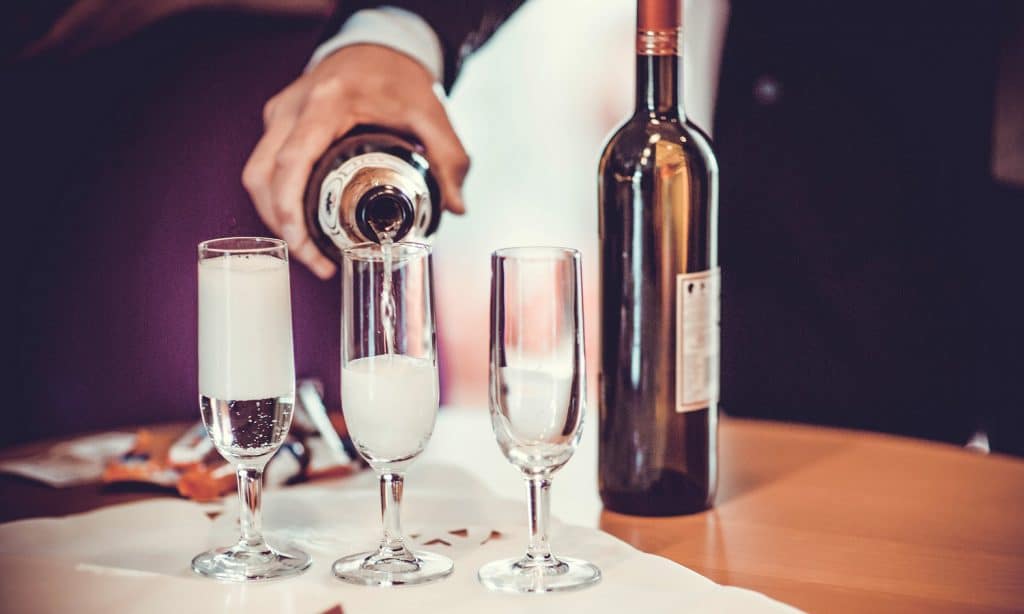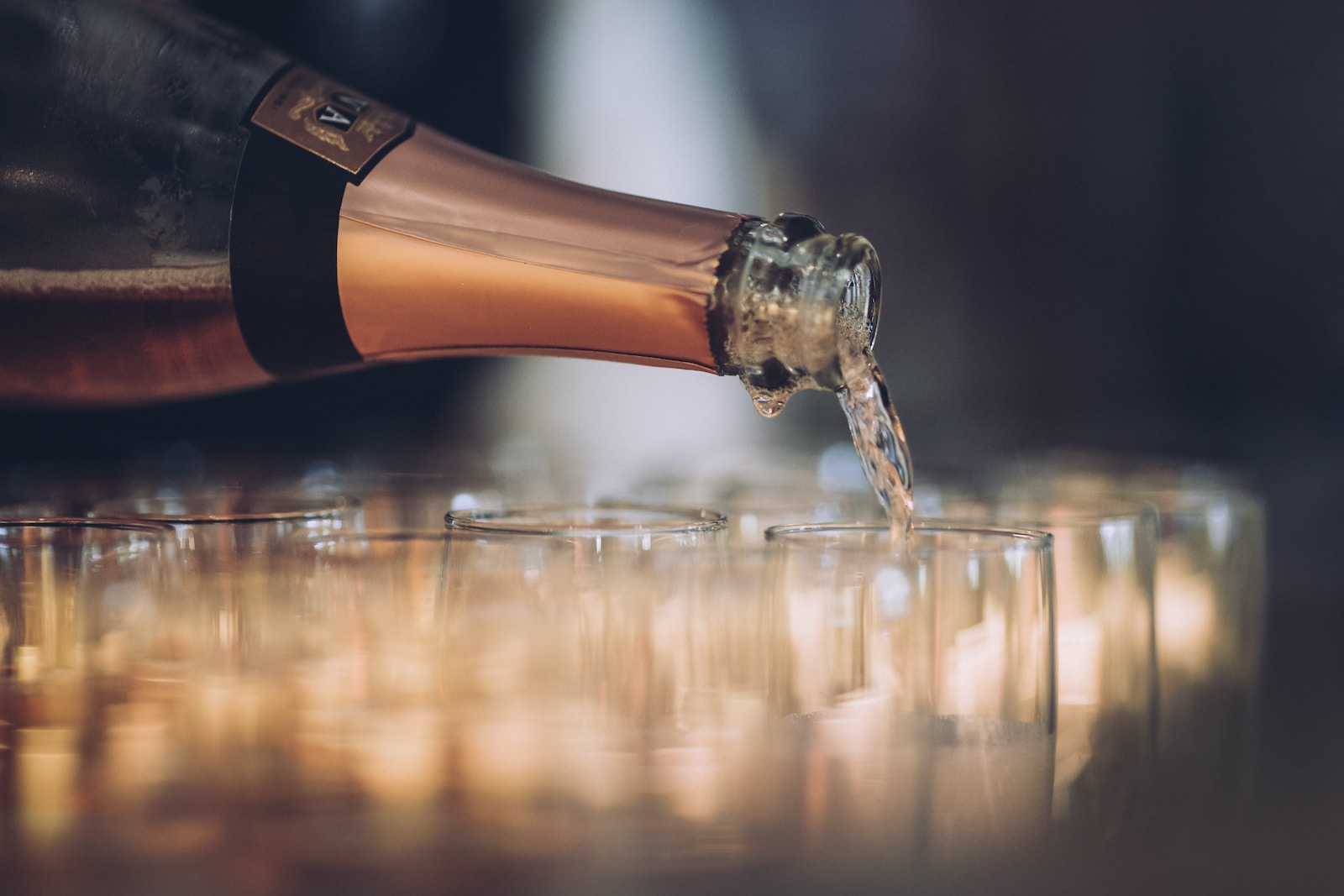Nothing says celebration like champagne…if it the signature drinks at all sorts of celebrations
Weddings, birthday, boat launches and business deals all celebrate with it. It is the signature drink of New Year’s Eve and it is a vital part of the whole holiday season. Let us share everything you need to know about champagne. From rock stars, to Elizabeth Taylor to royals around the world, champagne has been a staple. The late queen mother loved Bollinger and it was the first champagne to receive the royal stamp of approval.
In 2022, 326 million bottles of Champagne were shipped globally. The US cemented its status as the top export market for Champagne as sales soared by 19.4% in 2022. Producers sold 33.72 million bottles in the US market throughout the year, according to new figures released today (6th April) by the Comité Champagne.
“Champagne, as the supreme wine of celebrations, has been the natural choice of the world’s consumers as they rejoiced at the end of lockdowns and rediscovered a taste for parties, for going out and for traveling.” added David Chatillon, president of the Union des Maisons de Champagne and co-president of the Comité Champagne.
Where Was Champagne Developed?
The oldest recorded sparkling wine is Blanquette de Limoux, which was invented by Benedictine monks in the Abbey of Saint-Hilaire, near Carcassonne, in 1531.They achieved this by bottling the wine before the initial fermentation had ended.
Dom Pérignon (1638–1715) was a monk and cellar master at the Benedictine abbey in Hautvillers. He pioneered a number of winemaking techniques around 1670, being the first to blend grapes in such a way as to improve the quality of wine. He also introduced corks (instead of wood), which were fastened to bottles with hemp string soaked in oil in order to keep the wines fresh and sparkling. The famous French champagne is named after him.
Where Do The Bubbles Come From?
They tickled your nose, but why does champagne have bubbles? The answer is simple: fermentation. There are several different methods for trapping the carbonation, but in all cases the carbon dioxide is a byproduct of fermentation. Only in really cheap sparkling wines will you find artificial carbonation, and those are wines to avoid.
What Is Champagne?
A place, and a way of making wine. The place is in northeastern France, and is the only region in the world legally permitted to label their wine “Champagne.” The method involves making a still wine (or many of them and then blending them), bottling it, and adding more sugar and yeast.

RELATED: Why You Should Skip Those Online Wine Clubs
This second fermentation happens in a closed bottle, meaning the carbon dioxide stays trapped until you open it. This method is now used around the world, and is more commonly called the “traditional method,” or “method traditionelle.”
Wait, What Else Do They Do?
Well, there’s this thing called the Charmat method, where larger vessels are used for secondary fermentation, and then the wine is bottled. This is how most Prosecco and Lambrusco is made, which is why it typically those are slightly less carbonated than most other sparkling wines. The other method involves bottling the wine before the initial fermentation has finished, resulting in a mildly effervescent wine typically called “petillant naturel,” or pet nat if you’re feeling frisky.
Are There Other Champanges?
Champagne wine is protected by an European regulation called Protected Designation of Origin (PDO). This european law protects the names of local products made in Europe.
This law has been accepted recently by the American administration. However traditional makers of sparkling wine in the US who made this kind of wine before the administration accepted the European law can still call their wine Champagne. But new sparkling wine in the US cannot wear the name Champagne on the label any more.
What About Other Bubbles?
Cava, especially at the Reserva and Gran Reserva level, can also be a great option. Prosecco can really run the gamut from cheap and banal to less cheap and really tasty, so it’s harder to offer a blanket statement.
Should I Drink From Flutes?
Through the 1960s, the coupe was the glass for bubbles. Lately, coupes have fallen out of favor with wine experts as a champagne glass alternative. The almost unanimous recommendation these days is to use wine flutes (or tulip glasses) to drink champagne.
But flutes are only good for one thing, and that’s showing off the bubbles. Just use a regular old wine glass, and you’ll actually be able to smell the wine, which is part of the appeal. Plus, you can fit a whole lot more wine in those glasses.
Sparkling wine, be it Champagne or otherwise, is one of the most amazing and versatile wines on the planet. Try having a bottle with dinner the next time you dine out or cook at home, and you’ll be amazed at just how well it pairs with almost anything you throw at it. Cheers!


